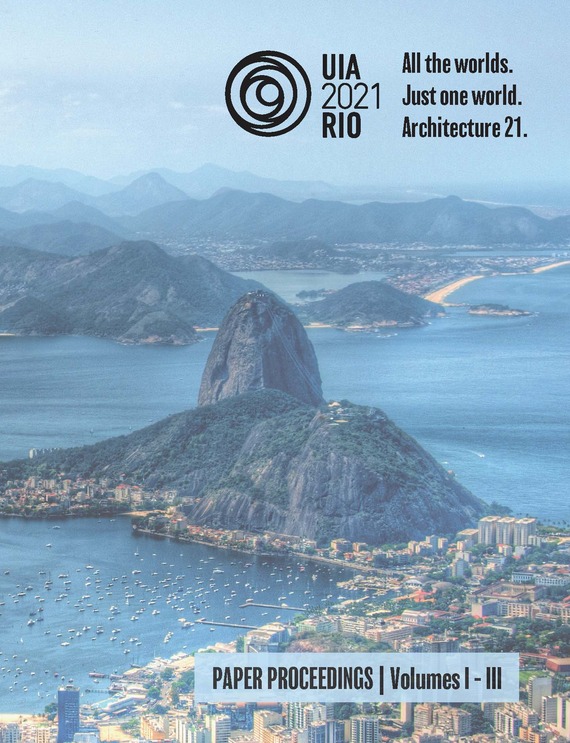Author(s): Yue Shi & Yuting Zhang
Jerusalem today is an area of nearly one million people comprising outside of its historic walled center, with many of the characteristics of any modern urban region, including a periphery of disjointed residential areas, strip malls, highways, job centers, and sports facilities. The site Malha basin is one of them, which is now segregated by the highway, and occupied by two occasionally used institutional sports facilities, a stadium and an arena with their large parking lots. It’s an abandoned place in-between nature and urban, in-between topography peaks, in-between Jewish and Arab neighborhoods, in-between institutional facilities with few public services for daily use. However, there is that amazing cauldron of history and artifice of the ancient Holy City at the center, across centuries considered a Center of the Western World. The dialectical condition, exaggerated in Jerusalem while common among cities worldwide, of a place with a treasured center surrounded by the commonplace, mundane, ordinary peripheries of everyday urban life. Then the question is how to develop this periphery area of Jerusalem as part of the canonical Jerusalem and remain to the older ‘idea of a city’ while attending to its contemporary needs. The project then learns from the spaces from the old city, aims to define the city’s leftover space by reframing the existing civic life by introducing a composition of a public civic spine, a landscape corridor, and housing programs.
Volume Editors
ISBN
978-1-944214-31-9

 Study Architecture
Study Architecture  ProPEL
ProPEL 
